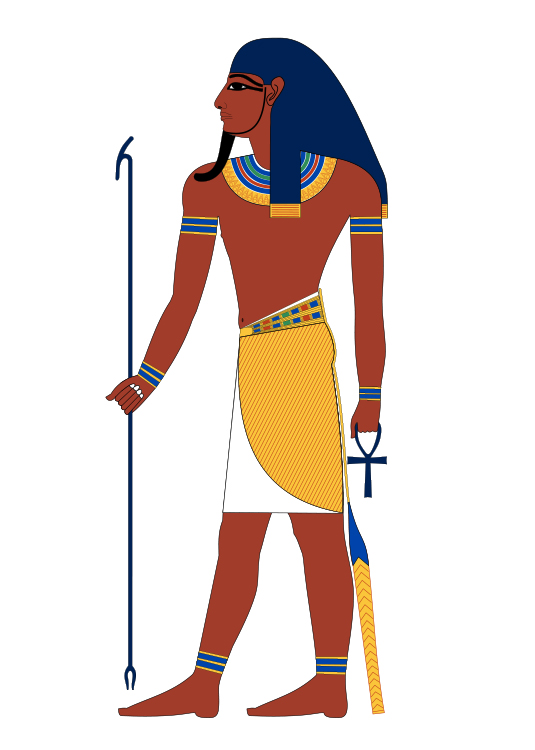Artifact overview
Pyramid of Pepi II is an artifact (Limestone True Pyramid) related to the mythological story named 'Egyptian Heliopolis.' The artifact's condition is Excellent and it is currently located at Necropolis of Pepi II in Al Badrashin, Egypt, catalogued as record number Pepi II Pyraid. The language of the text contained is Archaic Egyptian (Egyptian Hieroglyphs writing system). Its estimated date is 3000—2175 BCE, which is a range based on available data and scholarship. The mythology associated with this artifact includes the Egyptian belief system and related deities: Atum, Horus, Nut, and .
About this artifact
Basic details
| Type | True Pyramid Limestone material |
| Condition | Excellent |
| Date created | 3000—2175 BCE |
| Language | Archaic Egyptian |
| Writing system | Egyptian Hieroglyphs (script) |
| Location | Necropolis of Pepi II Necropolis of Pepi II · Al Badrashin, Egypt |
Provenience
| Discovery | Memphis, Lower Kingdom, Egypt Present-day Saqarah, Al Badrashin, Giza Governorate, Egypt |
| UNESCO Site | World Heritage Site No. 86 Designated since 1979 |
Museum record data
Item specifications
| Museum No. | Pepi II Pyraid |
Mythological contents
Associated myths and deities
| Myths | Egyptian Heliopolis |
| Deities | Atum, Horus, Nut, |
Background
The Pyramid of Pepi II is a pyramid in Saqqara, Egypt. The pyramid is part of a bigger cluster of pyramids known as the Necropolis of Pepi II. This complex is located in what is known as the Saqqara Necropolis, or desert valley where there are many pyramid structures. In the Old Kingdom of Egypt, this was known as the city of Memphis.
Funerary inscriptions in the Pyramid of Pepi II
Th Pepi II pyramid contains inscriptions on the inside. These vertical lines include Egyptian Heiroglyphs that are translated into a language known as Archaic Egyptian, or Old Egyptian. Each of these segments are called "utterances." They may contain spells and other information about the dead ruler.
Extended artifact data for Pepi II Pyraid
See detailed information about this artifact from the entity that has access to it.
Location description
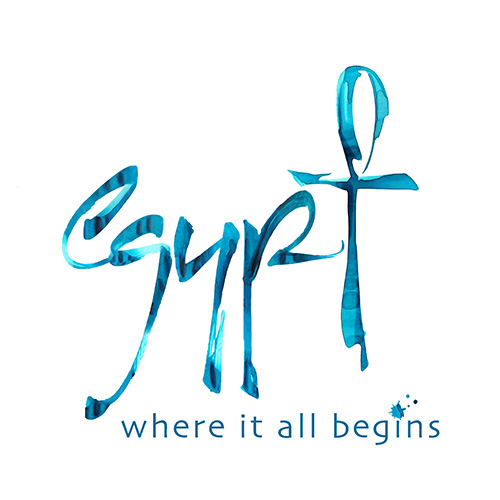 Necropolis of Pepi II Al Badrashin, Egyptexpand_less
Necropolis of Pepi II Al Badrashin, Egyptexpand_lessFull address: Necropolis of Pepi II, Saqqara Necropolis, Al Badrashin, Giza Governorate, , Egypt
Learn more
Record numbers
| No. | Pyramid of Pepi II |
| Artifact access | Unknown |
Full artifact data
| Height | 52.40 m (100 cubits) |
| Base | 78.75 m (150 cubit) |
Record notes
About these data
| Retrieval date | Jun. 26, 2020 |
| Copyright | Necropolis of Pepi II |
Mythological contents
This artifact contains mythological contents associated with Egyptian Religion. The main narrative mentioned may be Egyptian Heliopolis, a Creation myth. The deities depicted or mentioned in the artifact may be: Atum. Horus. Nut. .
Parent belief system
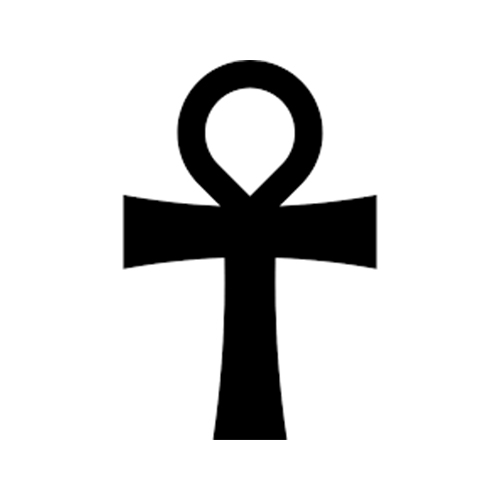 Egyptian Religion · Polytheisticexpand_less
Egyptian Religion · Polytheisticexpand_lessThe religion of ancient Egypt represents a cultural identity that lasted from ca. 3500 BCE to 300 CE, and included hundreds of myths, deities, and customs.
Learn more
Associated myth
 Egyptian Heliopolis Creation mythexpand_less
Egyptian Heliopolis Creation mythexpand_lessNuthsell
The first main Egyptian deities and the rest of the world were created by Atum (later known as Ra or Horus) out of water. Atum gave rise to Shu and Tefnet, who later birthed the deities that would make up the rest of the world, including Isis and Osiris. Isis and Osiris may have represented fertility and motherhood, which gave rise to humanity.
Read more
Deities depicted
Artifact condition
The artifact named 'Pepi II Pyraid' is appraised as being in Excellent condition based on how much reliance is placed on other resources to make it complete and readable.
| Condition | Excellent | Just OK | Poor |
|---|---|---|---|
 |  | 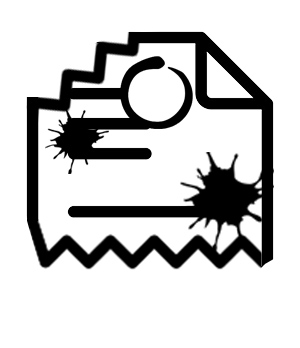 | |
| Completeness | More than 80% | 50 - 80% | Less than 50% |
| Fragmentation | Minor | Moderate | Significant |
| Damage | Minor | Moderate | Significant |
| Legibility | Highly readable | Somewhat readable | Unintelligible |
How did we get this date?
The creation date for the artifact named 'Pyramid of Pepi II' is a date range because the exact date is unknown. We derived this date from the source(s) listed below:
Notes (see bottom of page for full bibliography)
- Allen, AEPT, 239."FIFTH KING OF THE SIXTH DYNASTY, Pepi II ruled for nearly a century (ca. 2246–2152 B.C.)."
- Mercer, PT, 1.Visit"Thus, according to the present generally accepted chronology, these pyramids were constructed, and apparently inscribed, between the years about 2350 to 2175 B.C. It is, however, certain that many of these texts came into existence before the final union of Upper and Lower Egypt, and perhaps long before that date, which is now put at about 3000 B.C."
Artifact access conditions
This landmark may be on display. Please contact the Egyptian Tourism Authority for more information.
Contact the location
Scholarly research inquiriesWhat's a 'joined' artifact?
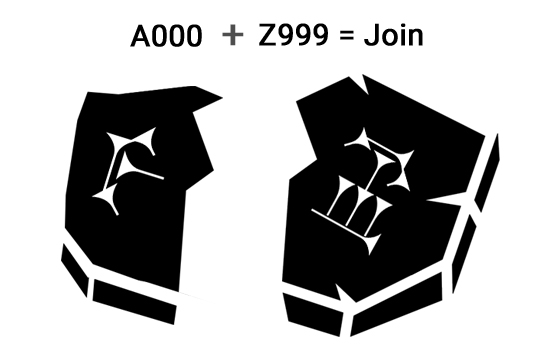
A joined artifact is one that was originally part of the other and was broken or fragmented at some point in time. Joins are common among clay tablets because they may get broken during discovery and transportation. The join is notated with the + sign. For example, if tablets A000 and Z999 are joined, we would express this relationship by grouping them as A000 + Z999 to indicate they are related.
If the fragments are owned, maintained, and cataloged by separate museums then classifying the join relationship is critical for accurate translations.
Cite this page
OMNIKA Foundation Contributors. "Pyramid of Pepi II." OMNIKA – World Mythology Index, OMNIKA Foundation, 14 Apr. 2019, omnika.org/stable/58. Accessed 20 Dec. 2025.
OMNIKA (2019, April 14). Pyramid of Pepi II. Retrieved from https://omnika.org/stable/58
OMNIKA Foundation Contributors. "Pyramid of Pepi II." Las Vegas, NV: OMNIKA Foundation. Created April 14, 2019. Accessed December 20, 2025. https://omnika.org/stable/58.

